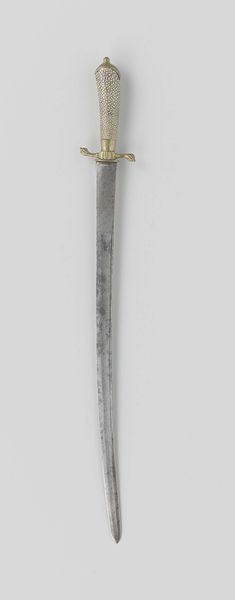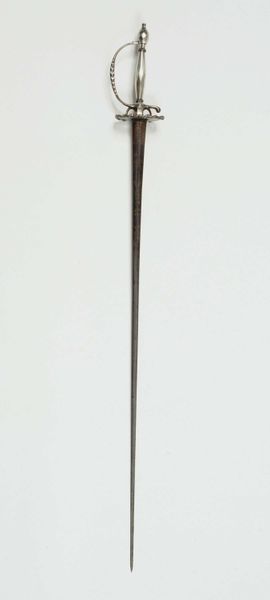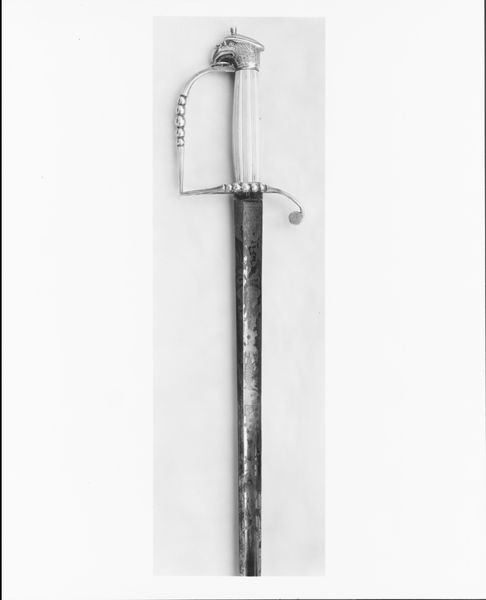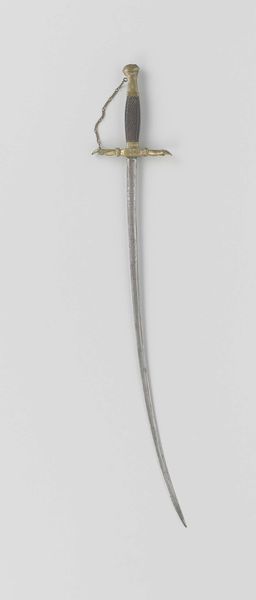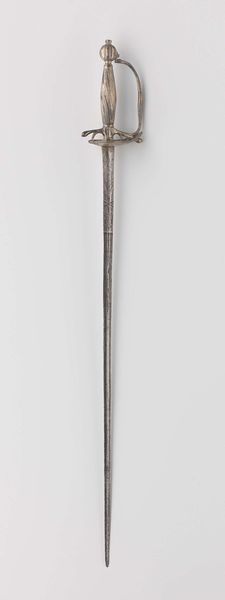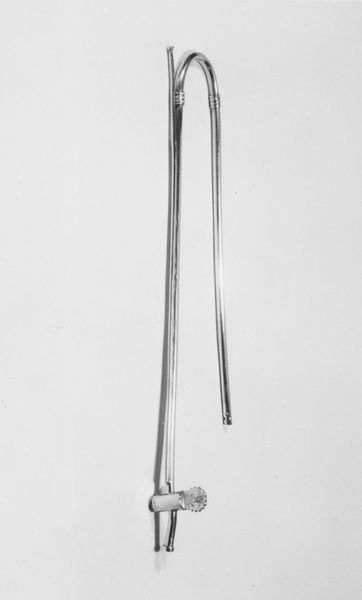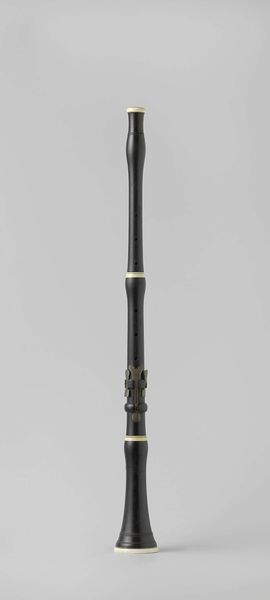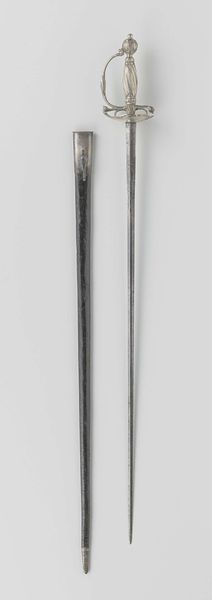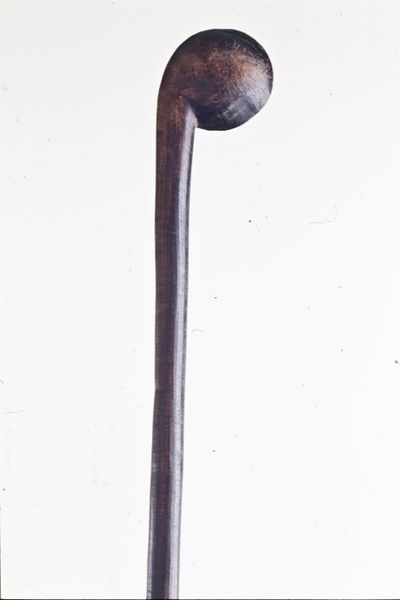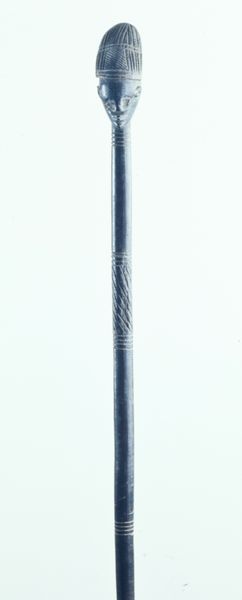
carving, sculpture, wood
#
carving
#
sculpture
#
form
#
geometric
#
sculpture
#
wood
Dimensions: 17 7/8 × 2 × 1 in. (45.4 × 5.1 × 2.5 cm)
Copyright: Public Domain
Editor: We're looking at "Pūtorino," a Maori wood carving dating between 1875 and 1889. It’s at the Metropolitan Museum of Art. I'm immediately drawn to the geometric patterns and the contrast between the smooth wood and the intricate carving. What stories do you think this object tells? Curator: This object speaks volumes about cultural resilience. We must consider that its creation occurred during a period of intense colonial pressure on the Maori people. The museum display positions it as an art object, but its original function likely involved ritual or musical performance. How does reframing affect its reception? Editor: So, its meaning changes depending on where it’s viewed? Curator: Precisely. The pūtorino likely held immense cultural and spiritual significance within its community of origin, used in specific ceremonies. Exhibiting it separates it from that original context, shifting the focus to aesthetics or ethnographic curiosity, even. Doesn’t the Met’s choice to display it as art carry a specific weight, perhaps reinforcing colonial perspectives? Editor: I see. So, the act of displaying it changes the narrative surrounding it. Were there specific policies or movements that influenced its acquisition and display in the late 19th century? Curator: The late 19th century saw a surge in ethnographic collecting by Western museums, often justified by pseudo-scientific theories about cultural evolution. Displaying artifacts from colonized regions was a way to construct narratives about civilization and progress, with Western societies implicitly positioned at the apex. The carving's presence in the Met reflects these power dynamics. Editor: It's a lot to consider: what the work meant in its original context, and what it means now within a museum setting. Thank you, I appreciate learning how historical and cultural forces intersect. Curator: Absolutely. It reminds us to continually question the stories museums tell and the values they promote through their collections.
Comments
No comments
Be the first to comment and join the conversation on the ultimate creative platform.

